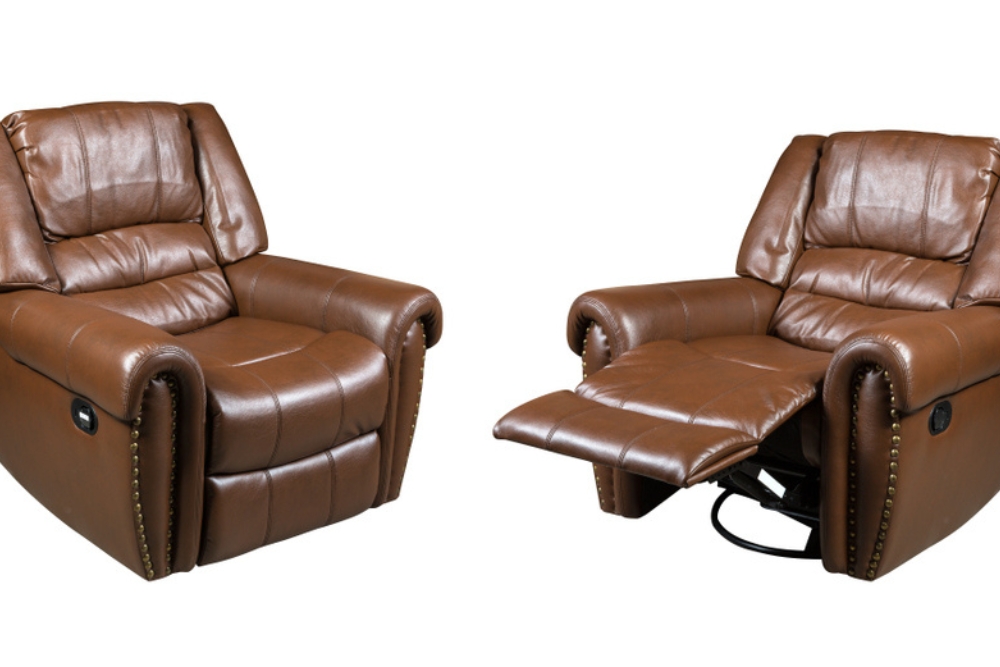Choosing a Recliner Chair for Living Room Comfort
A recliner chair can change how you use your living room, offering a place to relax, read, or recover after a long day. Selecting the right recliner involves more than looks: fit, support, materials, and how it integrates with existing furniture all affect long-term satisfaction. This article explains practical features, sizing, materials, placement, and care tips to help you find a recliner that supports comfort and suits your living room environment.

Recliner: what features matter?
When evaluating a recliner, focus on reclining mechanism, range of motion, and ease of use. Manual recliners use a lever or push-back motion and are often simpler and lighter; power recliners use a motor and provide finer position control, useful for people who need gradual adjustments. Look for adjustable headrests, lumbar support, and a lockable footrest if stability is important. Also consider weight capacity and whether the frame provides firm, even support. Safety features such as smooth edges and anti-pinching mechanisms can be valuable in homes with children.
Chair size and dimensions
Measure available space before choosing a chair: depth when upright, fully reclined length, width including armrests, and the clearance needed behind the chair for rocking or tilt. Seat height affects ease of sitting and standing — lower seats are cozier but harder to rise from, while higher seats are more accessible. Consider the chair’s turning radius if you need to roll it through doorways. If the living room is tight on space, smaller-scale recliners or wall-hugger designs that require minimal clearance behind can fit more comfortably into the layout.
Furniture materials and durability
Upholstery and frame materials determine durability and maintenance needs. Hardwood frames and kiln-dried lumber resist warping and provide long-lasting support. Common upholstery options include leather, faux leather, microfiber, and woven fabrics. Leather often cleans easily and develops a patina, while microfiber resists stains and is softer to the touch. Check stitching, seam reinforcement, and cushion construction — high-resilience foam or coil-sprung seats hold shape longer than basic polyfoam. Removable covers and treated fabrics can extend longevity in active households.
Living room placement and style
A recliner should complement the living room’s flow and style. Place it so it doesn’t block pathways and so the reclined position has enough clearance. Consider sightlines to focal points like a television or fireplace; some recliners swivel, offering flexible viewing without moving the entire piece. Choose a finish and silhouette that aligns with existing furniture — a sleek, minimal recliner suits contemporary decor, while rolled arms and tufting match traditional rooms. Visual balance matters: pair a recliner with a side table or lamp for functional symmetry.
Comfort: support and ergonomics
Comfort combines cushioning, lumbar support, and appropriate dimensions. A good recliner supports the lumbar curve and allows the neck and head to rest without straining. Test seat depth: too deep and shorter users may slouch; too shallow and taller users may lack thigh support. Cushion firmness affects comfort over time: medium-firm tends to offer the best balance for posture and pressure distribution. If you have particular back or joint concerns, look for models with targeted lumbar adjustment or consult guidance from an occupational therapist or ergonomist for personalized fit.
Recliner maintenance and care
Regular cleaning and simple maintenance extend a recliner’s life. Vacuum fabric chairs with an upholstery attachment to remove dust and crumbs; blot spills promptly and follow manufacturer cleaning instructions. For leather, use products recommended for natural or synthetic leather to avoid drying or cracking. Tighten screws and check reclining mechanisms periodically; lubricate moving parts if the manufacturer permits. If cushions show uneven wear, rotate or flip removable cushions to even out compression. Keep pets’ claws trimmed and use throws or arm covers in high-wear areas to protect upholstery.
Conclusion
Choosing the right recliner chair for your living room balances functional needs with visual fit. Prioritize features that match how you’ll use the chair — such as motorized adjustments, supportive cushioning, or compact dimensions — and consider materials that suit your household’s activity level. Proper measurements, attention to ergonomics, and regular maintenance will help the recliner remain a comfortable, reliable part of your living room furniture for years to come.






